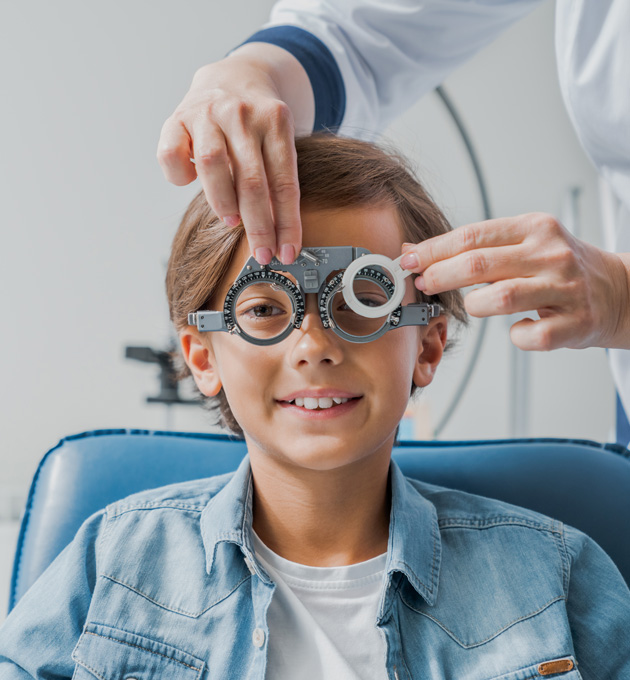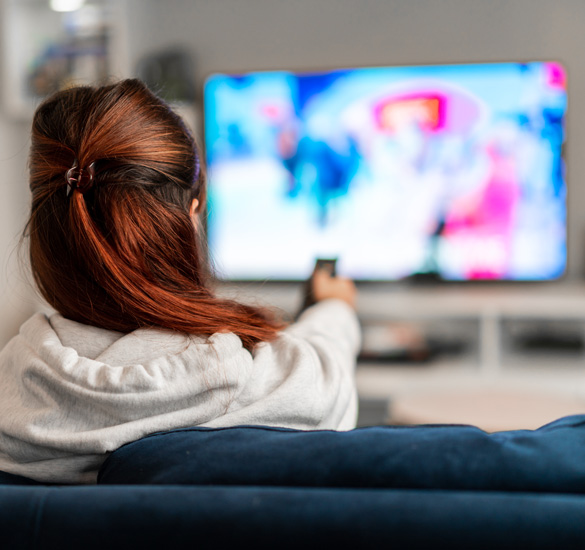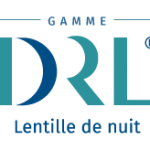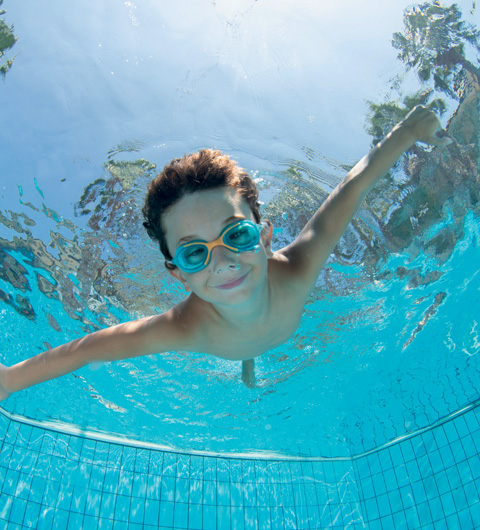The myopia pandemic is a major public health issue at the heart of the Precilens’ mission, especially for the youngest patients most affected by progressive myopia.
Indeed, according to the SNOF (French Syndicate of Ophthalmologists), young people aged 16-24 are almost twice as affected by myopia as older people. Advanced and early management is then necessary to allow them to flourish in complete freedom.
What is more, it is necessary to stop the evolution of myopia, because it starts early, especially when the child comes from two myopic parents. Therefore, it is important for our youngest children to consult a specialist every year to determine if their myopia is progressive, because the earlier myopia begins, the more likely it is to evolve quickly and over the long term. It is also essential to know that strong myopia (beyond -5.00 diopters or -6.00 diopters) can cause, in some cases, serious forms of visual disorders that can sometimes lead to blindness. To correct myopia, the wearing of night or daytime lenses (gas permeable or soft lenses) is necessary.
Recall: Myopia is a visual disorder that affects vision from a distance and may, in some cases, be associated with astigmatism. A myopic person is recognized for his difficulty in seeing from a distance and discerning a distant object: he must squint his eyes to reduce his blurred vision.

We can distinguish 3 levels of myopia:
However, a strong unmanaged progressive myopia is the risk of developing into adulthood:
- 5x higher risk of early cataract
- 14x higher risk of glaucoma
- 22x higher risk of retinal detachment
- 41x higher risk of macular degeneration (AMD)
Genetics play a major role in the development of myopia in younger children. Indeed:
- When both parents are nearsighted, the child has a 50% chance of becoming nearsighted
- When only one parent is nearsighted, there is a one in three chance of becoming nearsighted
- If neither parent is nearsighted, the child may become nearsighted in one in four cases.
In addition, myopia develops more rapidly in certain contexts, such as too much screen exposure time, a lack of outdoor activities, or an environment with too little lighting. Environmental factors play a major role in the evolution of myopia, which is why, in addition to any visual correction, it is important to focus on outdoor activities, in natural light, to avoid eye fatigue and thus the appearance of visual disorders.
For all these reasons, it is important to be informed about the various existing solutions that will allow a better quality of life and sight freedom for our children.

There are several means of correction to compensate for the progression of myopia in children and young people, especially in orthokeratology lenses.
On this orthokeratology principle, Precilens offers two unique patented designs of the DRL® range, considering the level of myopia and allowing a better treatment efficiency:

DRL® Myopia Control
dedicated to myopia up to -7.00 diopters.

DRL® PREVENTION
specifically for low myopia up to -4.00 diopters.
Note that the DRL® night lenses are made of a material that allows high oxygenation of the eye during sleep. In addition, the two tanks of tears allow a great comfort of the wearer at the night.
Thus, these customized treatments optimize the management of progressive myopia and make DRL® night lenses an essential first-line solution for myopia control in younger patients. In addition, worn at night, DRL® lenses can correct myopia associated with astigmatism as well as any other visual disorders such as hyperopia (up to +4.00 diopters).
With these two orthokeratology lens designs, DRL® night lenses not only provide clear vision throughout the day, but also significantly reduce the risk of infection for children and youth. Any problem with breaking or losing glasses and daytime contact lenses is also limited, as children only handle their DRL® night lenses at home, under the control and supervision of their parents.
In addition to being able to do without any other visual equipment, these orthokeratology lenses offer a comfort of life and a visual quality that is unbeatable. As a result, young people are freed from glasses and contact lenses during their favorite sports activities, which brings safety to parents.
Orthokeratological lenses must be prescribed by an ophthalmologist.



